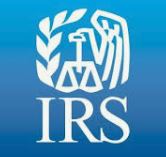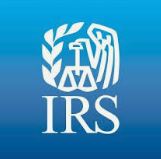
The Internal Revenue Service has provided relief to financial institutions that were expected to provide required minimum distribution (RMD) statements to IRA owners by January 31, 2020.
Notice 2020-6 (PDF) clarifies that if an RMD statement is provided for 2020 to an IRA owner who will turn age 70½ in 2020, the IRS will not consider the statement to be incorrect, but only if the financial institution notifies the IRA owner no later than April 15, 2020, that no RMD is due for 2020.
The Setting Every Community Up for Retirement Enhancement Act of 2019 (SECURE Act) changed the age for which an RMD is first required from age 70½ to 72. Under prior law, financial institutions would have needed to notify IRA owners who attained age 70½ in 2020 about their 2020 RMDs by January 31, 2020.




















Recent Comments